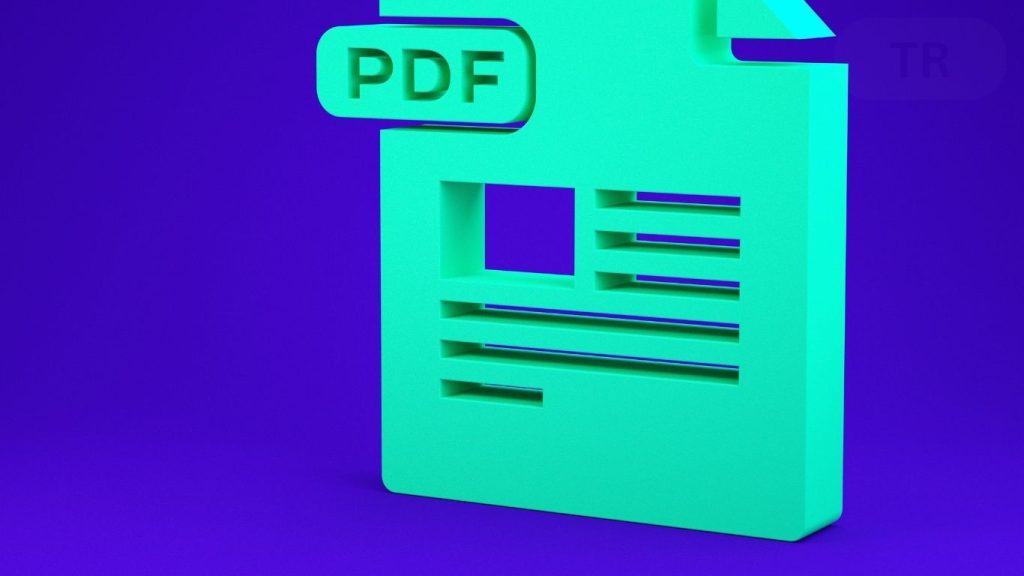In today’s digital environment, document handling plays a vital role in daily tasks. Among various file types, PDFs are popular for their universal compatibility. However, converting PDFs to editable formats can often seem challenging. We built this guide to make that process simple, opening it up to anyone.
The Basics of PDFs
PDFs, or Portable Document Formats, are designed to display documents consistently across different devices and platforms. Everything stays in place, making them super easy to share. Yet, their fixed nature can make editing difficult without specialized tools. Knowing a little about how PDFs work quickly shows why you sometimes need to convert PDF to editable PDF formats.
Why Convert PDFs?
There are several reasons to transform PDFs into editable formats. Editing text, updating information, or reusing content are common motivations. Converting documents gives you direct control to edit text or extract data. The result means your file works smoothly in a word processor, a presentation, or even a spreadsheet.
Choosing the Right Tools
Selecting an appropriate tool is crucial in the conversion process. Software choices are everywhere. Each one brings its own set of tools. Many tools work straight from your browser, but some need you to install software. Factors like ease of use, cost, and security should guide the selection process.
Online Conversion Tools
Online converters provide a quick and convenient solution. They often require users to upload the PDF and choose the desired output format. Within moments, the converted document is ready for download. Though these digital aids are convenient, safeguarding your personal data becomes paramount when inputting private details.
Desktop Software Solutions
For those who prefer working offline, desktop software offers a robust alternative. You’ll find these programs pack more options. That means you get to pick how things transform, down to the last detail. Users can convert multiple files simultaneously and enjoy advanced editing options. If you use a program a lot, spending money on software you can depend on truly pays off.
Understanding Output Formats
The selection of a format is contingent upon the intended use of the document after conversion. Many people often choose from a few standard file types. Think Word documents, Excel spreadsheets, or basic text files. Knowing what each format is truly for makes choosing the best one simple.
Converting to Word
Word documents are a popular choice for their wide-ranging editing capabilities. Most conversion tools can accurately transform PDFs into Word files, retaining the original layout. Reports and articles, packed with text, find a home here.
Excel for Data Management
Converting PDFs to Excel is beneficial for tables and data-driven content. You can easily move your information around, run all sorts of calculations, and then whip up some clear charts. But we absolutely must keep the data correct when we change its format. With certain software, pulling data becomes much smoother, leading to information you can trust.
Text Files for Simplicity
Text files are ideal for simple documents where formatting is not a priority. Converting PDFs to plain text strips away all formatting, leaving only the content. This layout makes simple changes and reusing your information incredibly straightforward.
Ensuring Accuracy
Maintaining accuracy during conversion is crucial. Incorrect formatting or missing data can lead to errors and misunderstandings. Users should review the converted documents thoroughly, making necessary adjustments to ensure precision.
Security Concerns
When converting sensitive documents, security is a primary concern. Good software that safeguards your privacy really cuts down on problems. Work offline with your documents, and you take full command. This keeps them much safer from outside threats.
Best Practices for Conversion
To achieve the best results, users should follow some best practices. Key steps include checking the document’s original quality, selecting the right tool, and reviewing the converted content. Stick to these methods, and your conversions will flow effortlessly and hit their targets.
Conclusion
Managing digital files means you’ll often need to edit PDFs. Knowing how to convert them is a big help. When you truly grasp how things work and pick out the right equipment, your output will really jump. Whether opting for online services or desktop applications, the goal remains the same: transforming static PDFs into flexible, editable files. With this guide, you can convert documents without a second thought. Managing your files will get much, much easier.






